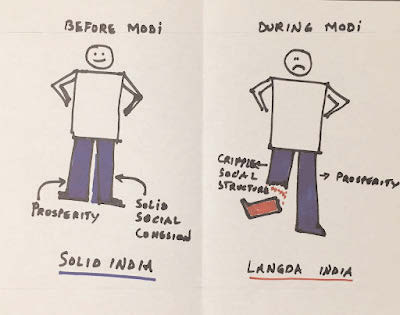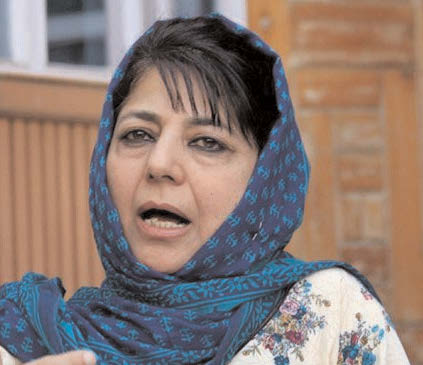
NEW DELHI (TIP): The Narendra Modi government on July 10 unveiled its intent to revive growth by shoring up infrastructure and manufacturing, besides increasing investments by boosting savings through Income Tax sops and raising tax breaks on housing loans in its first Union Budget. Finance Minister Arun Jaitley, presenting his maiden Budget for 2014-15, said the Budget followed the theme of “Sabka Saath, Sabka Vikas”. Jaitley balanced the fiscal deficit by accepting the target of 4.1 per cent this year set by the previous UPA government. The fiscal deficit target will go down to 3.6 per cent and 3 per cent in the next two years, although, Jaitley added, it would be a challenge.
Laying the groundwork of the direction of the Budget proposals, Jaitley said these steps were only the beginning of a journey towards a sustained growth of 7-8 per cent or above within the next 3-4 years along with macroeconomic stabilization. “Therefore, it would not be wise to expect everything that can be done or must be done to be in the first Budget presented within 45 days of the formation of this government,” he added, probably to tone down the burden of expectations from the new government. Bearing Modi’s stamp, the Budget proposals are geared more towards investment and asset creation as opposed to the entitlement driven social sector focus of the UPA regime. Following a strategy of boosting savings and putting more money into the hands of the people, Jaitley has raised the threshold Income Tax exemption limit from Rs 2 lakh to Rs 2.5 lakh and investments under 80C by Rs 50,000 to Rs 1.5 lakh.
In addition, the deduction limit on interest on housing loan for self-occupied property has been increased from Rs 1.5 lakh to Rs 2 lakh. Balwant Jain, CFO, Apnapaisa said the Finance Minister has given the benefit of Rs 1.5 lakh in aggregate spread over three components of Rs 50,000 each. Jain said savings would range from a minimum of Rs 5,150 for a person who is in the 10 per cent slab and does not avail 80 C benefit and does not have home loan, to a maximum of Rs 46,350 for a person who is in the 30 per cent tax slab, avails 80 C benefits and pays minimum of Rs 2 lakh as interest on home loan during the year. For senior citizens, the IT exemption limit is higher at Rs 3 lakh and the pension scheme has been re-introduced for a limited period.
Free baggage allowance for inbound passengers has been increased from Rs 35,000 to Rs 45,000. For consumers, the Budget makes cigarettes and colas costlier, while cathode ray tube TVs, LCD panels of less than 19 inch, computers, soaps and footwear are cheaper. The direct tax proposals involve a net outgo of Rs 22,200 crore mainly because of income tax exemptions, while indirect tax proposal will yield a revenue of Rs 7,725 crore. Non-plan expenditure for the current year has been estimated at Rs 12.19 lakh crore, while the total expenditure estimates stand at Rs 17.94 lakh crore.
The Plan Expenditure will grow by 20 per cent year on year. The Budget makes a big statement on attracting foreign investment. The Foreign Direct Investment cap on insurance and defense has been raised from 26 to 49 per cent. Further, FDI in e-commerce has been allowed, while rules for FDI in real estate have been relaxed. The controversial retrospective taxation clause and all transfer pricing cases arising out of it have been referred to a high-level committee to assure foreign investors. Jaitley, who took an unusual five-minute break during the speech following backache, said the Budget followed the theme of “Sabka Saath, Sabka Vikas”. The big push in the Budget is around housing, smart cities, warehousing capacity, urban areas rejuvenation, highways and agriculture.





Be the first to comment